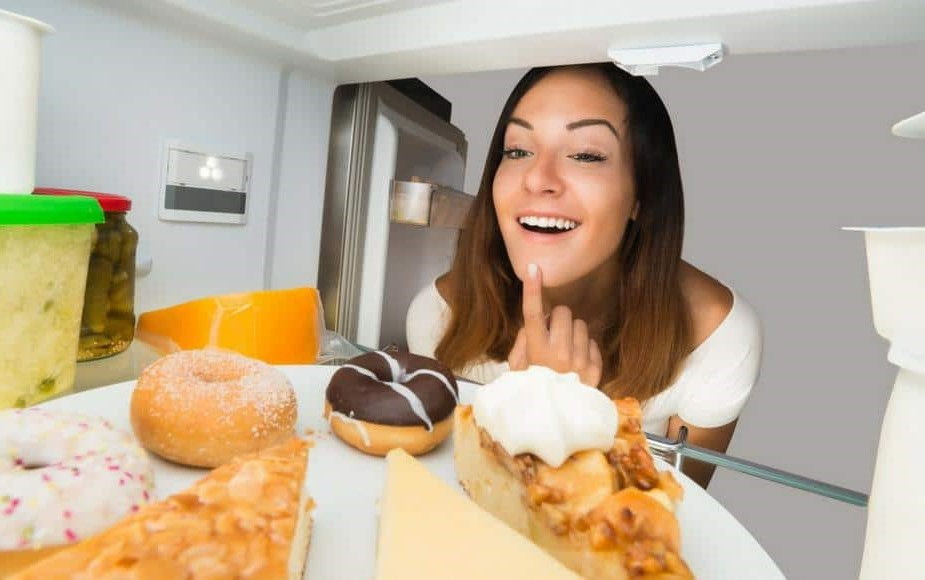6 tips to help your patients deal with cravings (1 min|read)
- Gus Bouari
- Jun 15, 2019
- 2 min read
Updated: Aug 16, 2023

After the first two weeks, the cravings get easier!
Remove temptation! Look, we get it. Temptation is everywhere. It’s on billboards, TV commercials, and your face during events… ah!
The one place your patient needs to get rid of or somewhat control temptation is at home, sweet home. Willpower is hugely overrated, and relying on it is one of the main reasons why so many diets fail. The way to succeed is to create an environment where it is easier to succeed than fail.
In a book called Willpower, author Roy Baumeister explains we have a finite amount of willpower each day, which becomes depleted as our brains consume more energy. He found that unrelated activities (resisting chocolate, working on math puzzles, listening to a presentation) drew on the exact energy source. This helps explain why we are so tired, especially later in the day, after making decisions all morning or trying to suppress distractions.
Remove temptation; keep them out of sight!
Remind them why they are doing the program.
Nothing beats seeing that scale go down in the morning or getting thinner daily. Keep cheering them on. They should celebrate all positive changes, no matter how small. Look for successes: Take one day at a time – look for small changes, measurements, clothes, how they feel, etc.
Understand the cravings.
Is it boredom? They need to distract themselves. Maybe they are thirsty and not hungry. Eating is one of the ways we socialize and kill time. Additionally, stress and fatigue cause us to snack or reach for comfort foods. This is also part of willpower, but snacking on the right foods during the program is vital. Here is a link to healthy snacks!
Distract yourself.
Distract yourself. When you’re not thinking about eating or what to eat, then you’re good. Go for another brisk walk. Do something, anything.
SOZA protein bars
Our protein bars are non-GMO, dark chocolate, and sweetened with chicory root. They are low glycemic and have a deficient insulin response. They are great snacks for the program.
Call for backup! (do they have kids?)
Does your patient have kids? It can be challenging if your patient doesn’t get full support at home. Many of our most successful patients had kids at home. We can name a few right now, Jackie, Tony, Michele…the list goes on. They helped their parents by hiding treats and keeping them out of sight.
That sugar cookie is unnecessary. There is nothing special about it, even if they were not dieting. Advise your patient not to be shy and reach out to anyone who can be there. Stay clear of saboteurs!



Comments